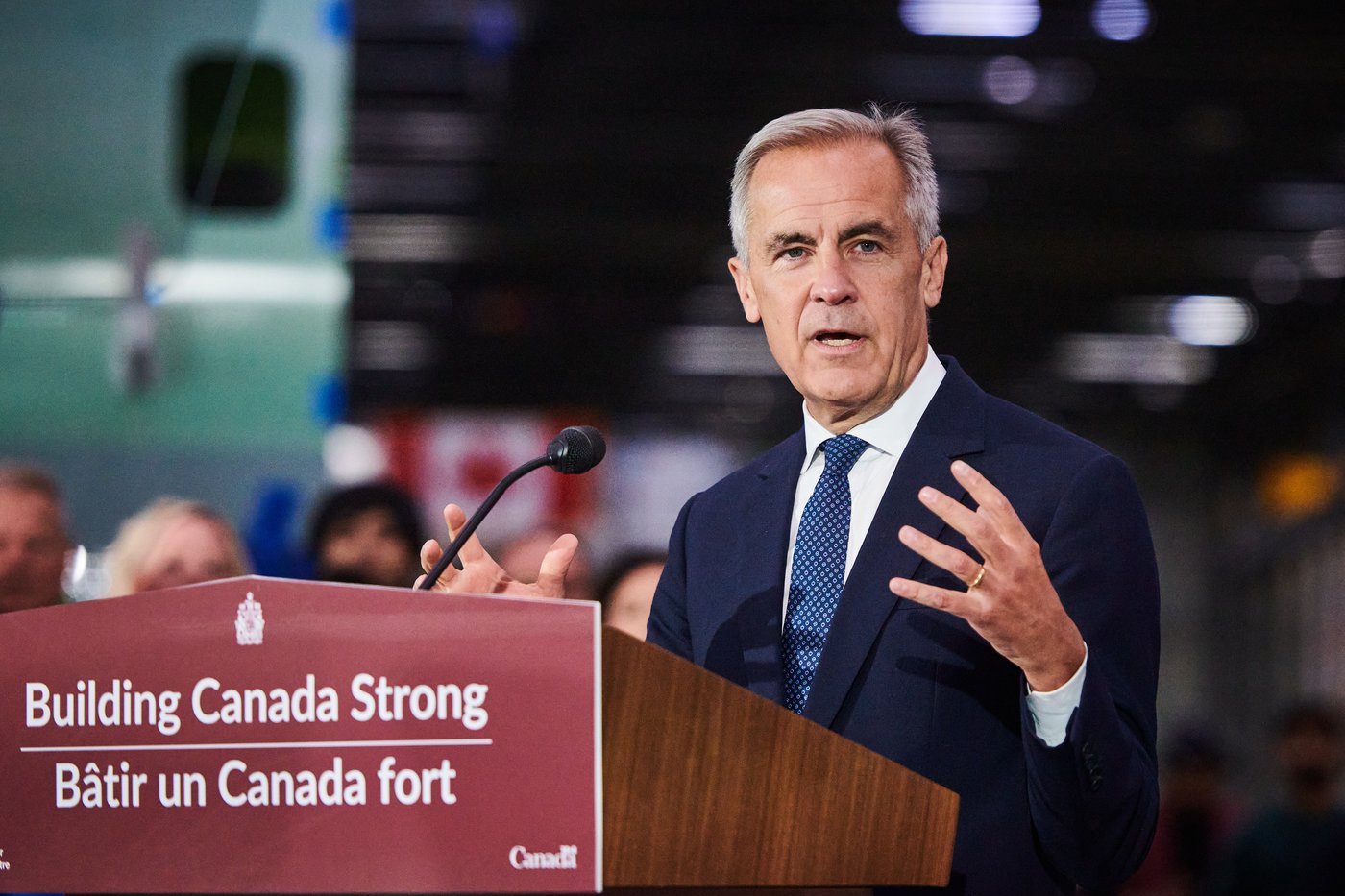Former refugees arrive in Nova Scotia to be health-care workers

For half of his life, Abdifatah Sabriye has been a refugee.
As of the moment he landed in Canada, he has a home again, immediately a permanent resident.
“It used to be my dream and now it is reality,” he said upon arrival at Halifax Stanfield International Airport Friday night.
“I feel just so excited and happy,” said Patricia Kamssor, also a former refugee, now a permanent resident of Canada.
They gained experience in health care in northern Kenya — working with a humanitarian aid organization inside the refugee camp where they also lived – and they’re about to be continuing care assistants at a new nursing home in Mahone Bay, N.S.
They’ve come to Canada through the Economic Mobility Pathways Pilot – a federal program that seeks to bridge the gap between displaced people and a labour shortage in this country.
As of June 30, 164 people – 60 applicants and 104 of their dependents – had come to Canada this way. They intended to reside in Nova Scotia, Ontario, Prince Edward Island, Manitoba, Newfoundland and Labrador, and British Columbia.
They had to meet the same requirements as traditional economic immigrants, including demonstrating their experience in health care and English proficiency.
Sabriye and Kamssor, both 30, were accepted in early 2021. But they were delayed by the COVID-19 pandemic and other issues associated with the program being brand new.

CBC News first met Sabriye and Kamssor in March at the sprawling Kakuma refugee camp. At that time they had no idea when they might come to Canada.
“There’s nothing that will make me believe it all or know that I will go,” Kamssor said in an interview at her home inside the camp.
“Something might come up again.”
They arrived in Halifax, along with three other health-care workers from the same camp, to a group of their new colleagues waving Nova Scotia and Canada flags, and handing out Timbits.
They were hired by MacLeod Group Health Services, which operates seven nursing homes across Nova Scotia.
“We need them. We’re so excited to have them,” said Tina Hennigar, the MacLeod Group’s settlement co-ordinator.
“Our other employees have been waiting for them to come.”
The business has made a total of 57 conditional job offers through the program — 51 in Kenya and six in Jordan. Only seven candidates have actually arrived in Nova Scotia.

There have been improvements to the program since this group of candidates began the process.
Improvements to the program
In June, the federal government created a new pathway to standardize eligibility criteria and streamline the process so there is only one application, allowing program candidates to bypass the primary application at the provincial level.
“We’re really hoping that that will quicken the process because we need health-care workers here now,” said Jennifer L’Esperance, senior executive director of immigration and population growth with the Nova Scotia Department of Labour, Skills and Immigration.
She said the province also needs construction workers to build housing for the health-care workers and other Nova Scotians, as the province deals with a housing crisis.
The MacLeod Group is providing temporary housing for its new employees to rent until they’re settled.
The federal government does want to expand the program across various sectors where there are labour shortages, with the goal of settling 2,000 qualified refugees this way over the next few years.
In a statement, a spokesperson for Immigration, Refugees and Citizenship Canada said the numbers are low because more awareness of the program’s benefits is needed among Canadian employers. The statement also said the department is “committed to improving the efficiencies of arrivals.”
Those who have arrived are already thinking about the day their families can join them, but it is too late for some. Sabriye’s brother, Abdisamad, who had a heart condition, was his motivation.
“My main focus was that when I came here, to get him a heart surgery immediately. But two weeks before I came here, he passed away,” Sabriye said.
As they loaded their luggage to head for their new home in a small, coastal town, they were already focused on getting to work within the next few weeks.
“I promise that it will be well with us,” said Kamssor. “We’re going to cope well with the conditions in Canada.”
MORE TOP STORIES



